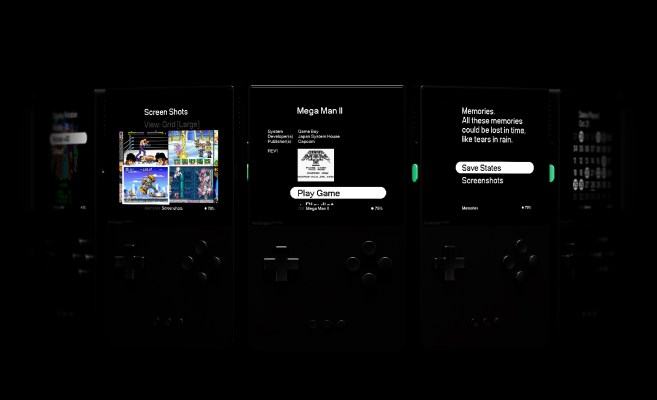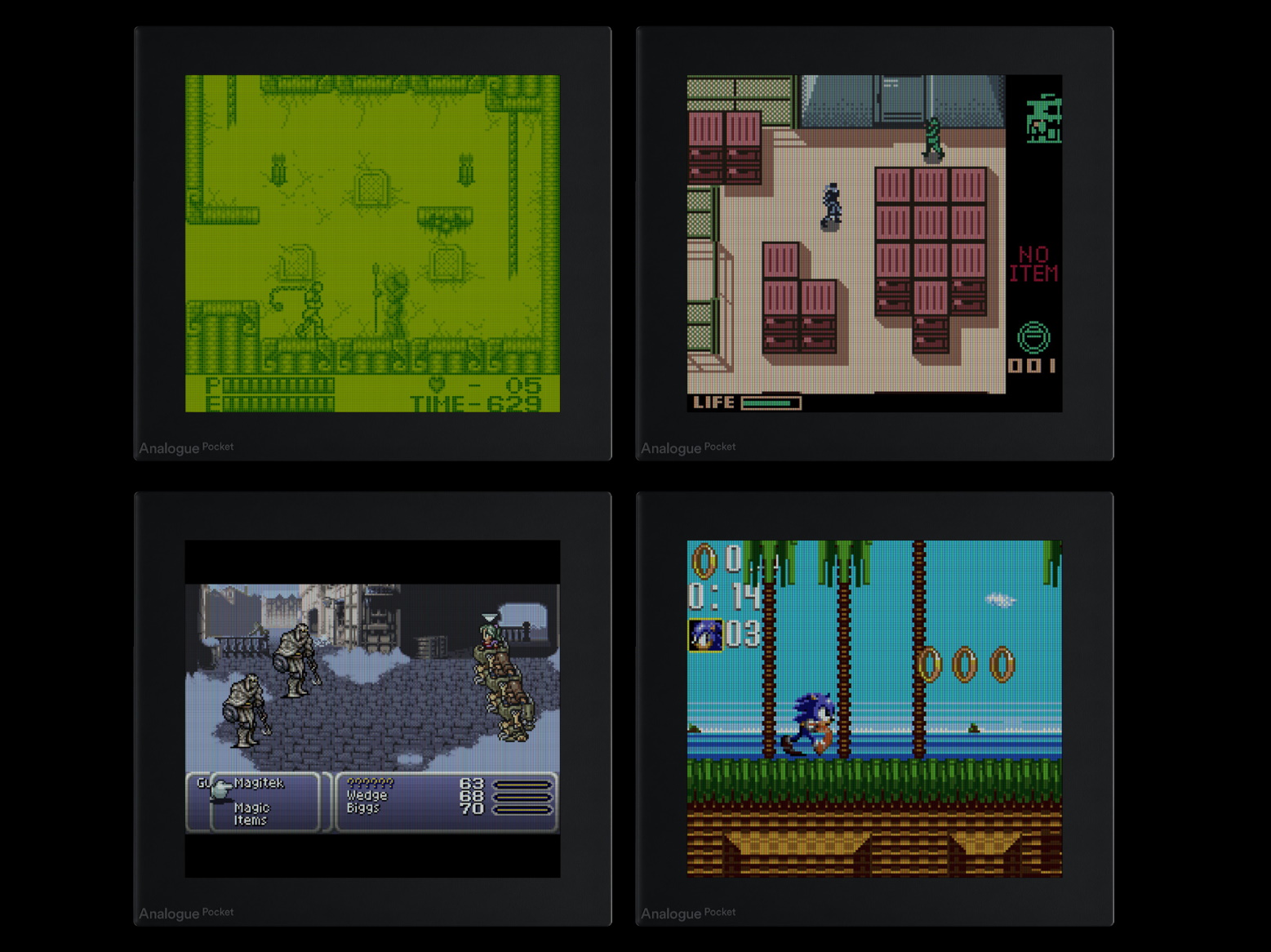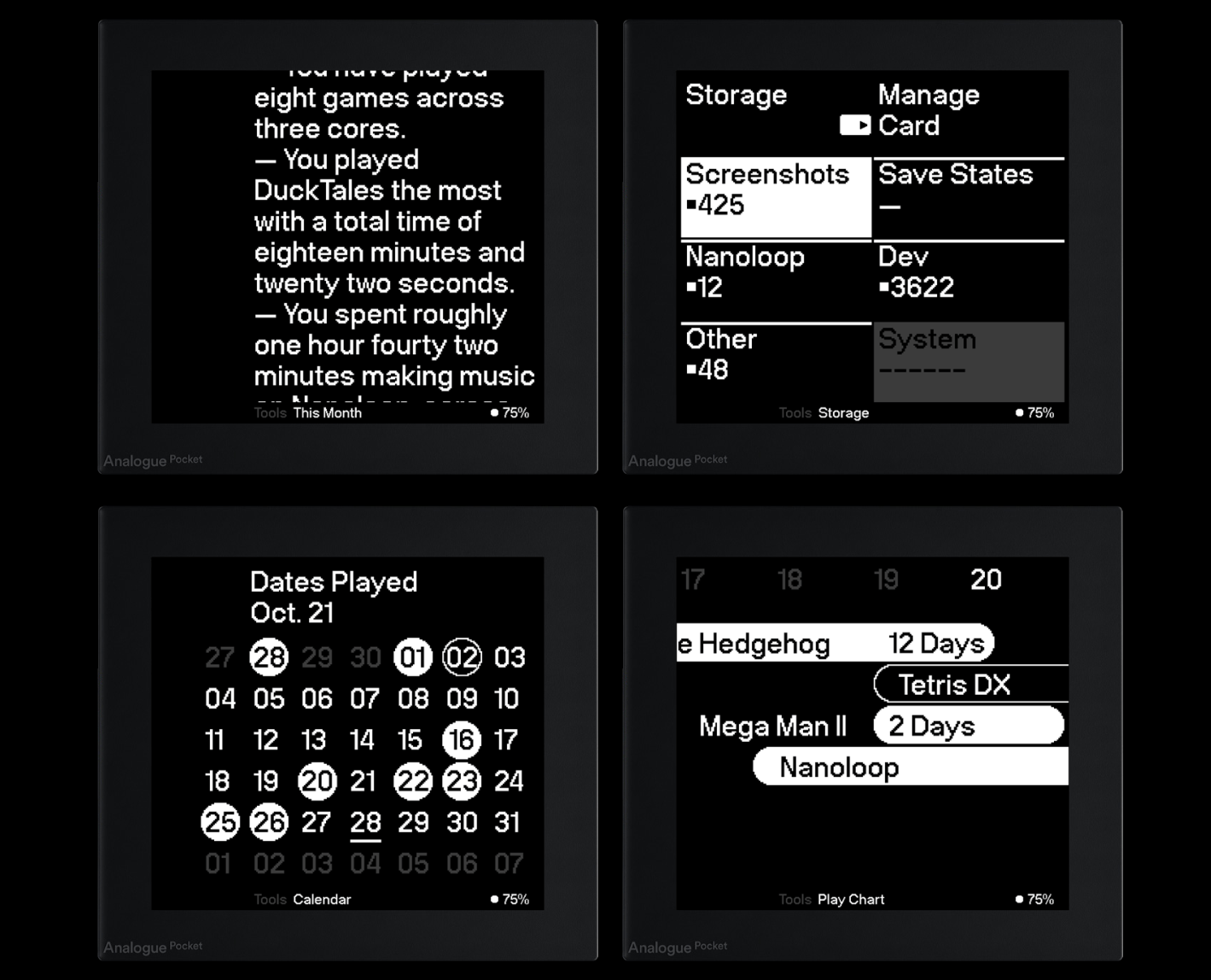Analogue’s much-anticipated Pocket retro gaming machine will come with more than just sleek design and the ability to play tons of classic games. The device will be the first with AnalogueOS on it, an effort to make what founder Chris Taber calls the “Library of Alexandria of video games.”
Actually, he called it the “great fucking Library of Alexandria,” which gives you an idea of how excited he is about it. See, retro gaming is a strange place — there’s tons of information out there, but few sources are exhaustive and many are decidedly retro themselves.
Depending on the information you want, you may find it in a wiki dedicated to a game or system, a message board frequented by old 8-bit gaming devs, a hex file used in modding a ROM, even an out-of-print book. The history and versions of a game, as well as ephemera like manuals, reviews, and technical documentation might be scattered in a dozen places.
It’s the goal of AnalogueOS to curate and present as much as this information as possible, as close to the games themselves as possible.
“At its heart, AnalogueOS is purpose built for exploring and celebrating all of video game history. Designed to be the definitive, scholarly operating system for playing and experiencing the entire medium. Our vision is total, absolute,” said Taber. “And yes, AnalogueOS will be on every future Analogue system.”
To start with the OS will be a flexible and extensible way to play and track your games. If you’ve got dozens of games for the GameBoy, Game Gear, Lynx, and so on, you certainly could just pop one in and play. But the Pocket is meant to be a showcase, not simply the nicest way to play those games (though it almost certainly will be that).
Therefore each game will be embellished with box art, screenshots, publisher and other metadata, all in an organized fashion so you can say one day, “What Sunsoft games do I have?” and just browse those. Or if you’re curious about one in particular, say Blaster Master: Enemy Below, you can browse through data pertaining to that title, its revisions and changes, sequels and prequels, guides and screenshots.
Not all the data will be available right off the bat, as the database is still under construction, but Taber confirmed that the intent — and Analogue is the type of obsessive company to follow through — is to integrate as much of this as users choose. As most of this data is text, it can easily be integrated directly into the OS with minimal storage cost. “You stick a game cartridge in and it will be able to read exactly what game it is,” he said.
For collectors looking for a specific region or revision of a game — rare cartridges used in competitions, illegal distributions, promotions and so on — that information can be confirmed in seconds now. Find something interesting at an estate sale? Pop it in the Pocket and find out exactly what version of the game it is — garden variety or once-in-a-lifetime find?
Box art, being more bulky, can be downloaded by users from sets devs are already working on. Folks who move in retro gaming circles will already be familiar with the type of light work involved in scanning your library and bringing over only the required images. (There are copyright considerations here, so the company must be careful what it provides.)
The Pocket will enable save states to be used on cartridge-based games, a huge boon for gamers who prefer to get as close to the original hardware and software as possible. Analogue is outspoken in its preference for FPGA-based cores that imitate the original chips rather than software-based emulation, and being able to load a game and hardware state in that architecture is surely a tricky process.
The OS will track your play by hour and day, and you can even make your own “playlists” to share with others (assuming they have the games to go with them). And there are quality of life changes like remapping controls, Bluetooth controller support and so on.
Ultimately, as you can see, Analogue wants to make its hardware not just the best way to play retro games on modern hardware (like high-definition TVs, which old consoles weren’t designed for), but also a complete resource for history and collector data on the games themselves. It’s ambitious, and though some may point out that there are such resources already available, they’re scattered and fragmented. If Analogue can successfully unify all this information into a single place, and make it available where the players are — in front of the game — it could help the company graduate from luxury option to must-have in the retro gaming world.


